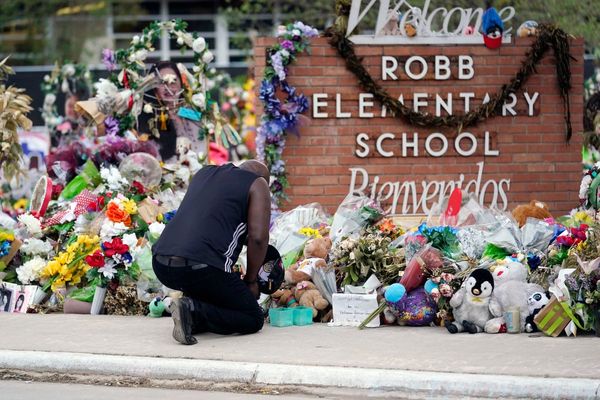
‘The big things that can still happen to you are the loss of your sexual function and death.’ This was how conductor Colin Davis, then 38, viewed the prospect of turning 40 when the Observer surveyed ‘distinguished and candid’ mid-lifers in 1966.
There are other marmalade-droppers – novelist Philip Toynbee’s assertion that 40 for a woman meant: ‘You’re beginning to get stout and lose your looks’, for one – but most were more reflective, considering love, desire, work and ambition.
‘You expect much less of yourself,’ said writer Penelope Mortimer (on the cover), who described 40 as the start of a ‘sort of second adolescence: it has the uncertainty, the not being one thing or the other; a great deal of dissatisfaction about what one has achieved so far and uncertainty about what one’s going to achieve finally.’
Philip Toynbee saw it as marking ‘the transition from Dog to Dirty Old Man’. He was still ‘tremendously lecherous’, he said, but: ‘I don’t have that desperate feeling.’
Film and theatre director Lindsay Anderson, 43, felt ‘relieved of the burden of hope’, which had meant ‘I’m more able to be pleased, when, as happens from time to time, the impossible is achieved.’ Undersecretary at the Scottish Office Judith Hart, 41, felt she was ‘more tolerant’ – though not about fashion. ‘I get irritated about clothes. At 40 one ought to be moving into the age of elegance, but nothing’s more unfashionable at the moment than elegance.’
Actor Beryl Reed made a plea for midlife hope, despite getting ‘knocked about a bit. The next person that walks into my life could touch me and destroy me as much as the first person that walked into it,’ she said, but having ‘no hard edges’ was important. ‘Life can make you like stone and that shows in the work. Until you’re 80, you’ve got to take all the knocks you can, because you’re living.’







